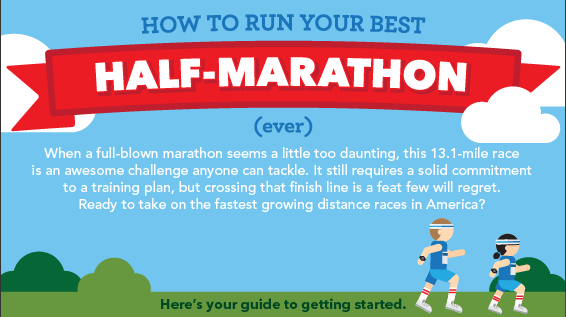What type are you?

Via Legacy Running on Facebook
The barefoot runner: Hasn’t worn real shoes in months
The Trail Runner: Hills Ahead!
The Gear Junkie
The Newbie
The Ultramarathoner
What type are you?

Via Legacy Running on Facebook
The barefoot runner: Hasn’t worn real shoes in months
The Trail Runner: Hills Ahead!
The Gear Junkie
The Newbie
The Ultramarathoner
Keeping with my new marathon shoes theme this week, here are some tips on how to choose your next pair of running shoes.
Trail Running Shoes
Pronation affects the sideways motion of your foot as it propels the foot forward
ROLL IN (over pronate): Choose shoes with motion control and extra stability
ROLL OUT (under pronate): Choose shoes with cushioning and flexibility
The height of your arch can affect the direction your ankles roll (pronation):
Like tires, outsoles are designed to accommodate certain surfaces.
Keep track of your speed and distance to determine the lifespan of your running shoes.
An average running shoe lasts between 300 and 500 miles, or 3-4 months.
Running is an excellent way to stay in shape and remain active. But it can take a toll on your muscles and joints if the proper injury prevention methods are not taken. Therapeutic Associates Physical Therapy takes a look at some of the more common running injuries and gives you tips to prevent and treat them.

Therapeutic Associates Physical Therapy takes a look at some of the more common running injuries and gives you tips to prevent and treat them.
Most running injuries respond well to conservative treatment. Rest and ice for at least 48 hours following the initial injury.
REST: Take a couple of days off from running.
ICE: Apply an ice pack to the injured area form 15 minutes, every 3-4 hours.
PHYSICAL THERAPY: If your injury is severe or continues to persist greater than 48-72 hours of conservative treatment, it is advised to seek treatment from a physical therapist to determine the cause of your pain and direct you with the appropriate plan of recovery.
For more running tools or tips, visit the Performance Running website: http://www.therapeuticassociates.com/PerformanceRunning

In advance of my first half marathon of 2014 on Sunday, here is an informative infographic on how to run your best half marathon. Continue reading
Check out this infographic showing some of the top health benefits of running:

Your body releases chemicals which help your body feel more happy…
Helps strengthen lungs and bronchi.
Your arteries expand and contract while running, helping the arteries to stay fit, which then helps to maintain health[y] blood pressure.
If you are a runner, [you] suffer less from minor illness.
You burn 705 to 865 calories/hours
Fat moving Up-Down helps break your fat down
Running builds lower body strength in addition to strengthening your tendons and ligaments
Your body sends essential mineral to bones to strengthen them when stressed. As running stresses your bones, these additional minerals helps to increase your bone density over time.
By increasing the strength of your ligaments and tendons you increase joint strength and reduce chances of injuries to your ankles, hips, and knees.
Running = Increase(d) confidence + greater control over you[r] life.
Helps reduce diabetic resistance to insulin and maintain a health[y] blood sugar level